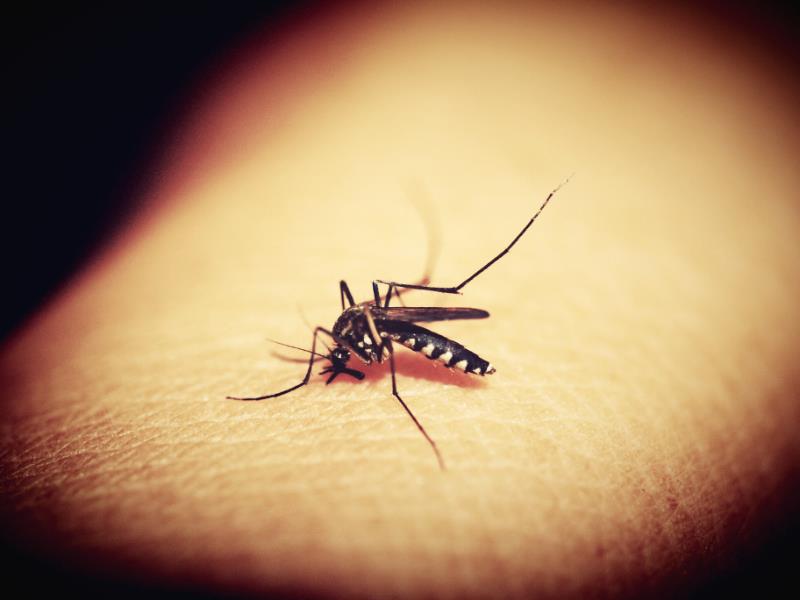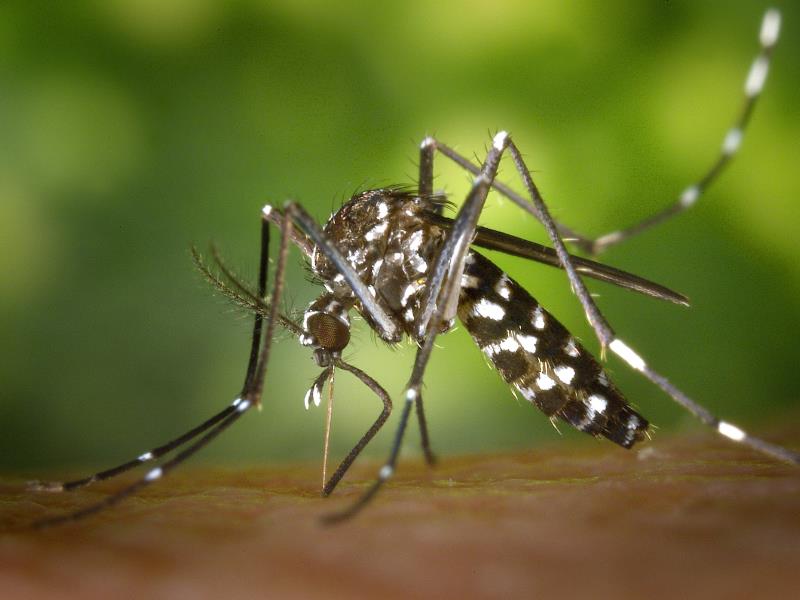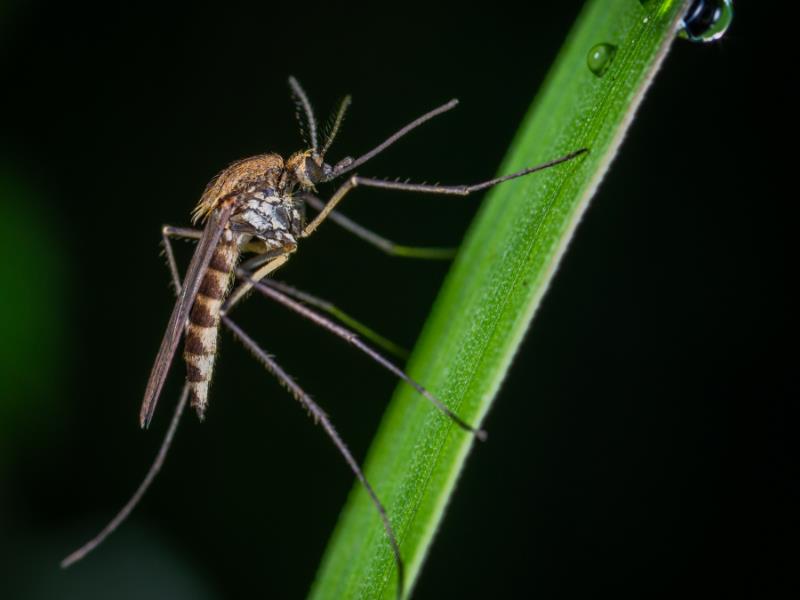What Is A Mosquito?

A mosquito bites into a human
Mosquitos are flying insects that are part of the order Diptera, which contains every species commonly referred to as a ‘fly’. More specifically, mosquitos are part of the family Culicidae, which contains roughly 3,600 species of flies. There is a significant mosquito population here in Australia, with more than 300 unique species of the pest spread out throughout the country. Fortunately, though, while most species of mosquitos are a source of irritation, not many of them are of particular concern regarding the health of the human population.
What Do They Look Like?
Mosquitos have a single pair of wings, as is typical of flies. These wings are adorned with visible and distinct scales along the surface and are long and narrow in shape. Their bodies are typically quite slender, and don’t generally measure any longer than 3-6mm in length.
Along the segmented body are three pairs of slender, hair-like legs, each of which is also segmented. Upon the body of the mosquito is also a pair of halteres, which are two club-shaped organs designed to help orientate the insect in flight. These organs act as vibrating structure gyroscopes during flight, amplifying any rotation that the insect is subjected to so that they may correct it mid-flight.
The head of the mosquito is equipped with a proboscis, though only the female mosquitoes have a proboscis that is strong enough to piece human skin, granting the female mosquito their signature bite. The male mosquitoes instead use their proboscis to feed on flower nectar and fruit juices, both of which are also commonly part of the female mosquitoes diet. The head is also home to a large pair of compound eyes that provide the mosquito with the ability to detect movement, a pair of antennae used to measure the carbon dioxide exhaled by humans and to detect any other air movements, and the palps, which are olfactory organs used to detect scents and odours.

Another mosquito seeking out food
When Are They Most Active?
Different species of mosquitoes are active at different times of the day, and, depending on the climate, can even enter extended hibernation during the colder months - for instance, some of the artic mosquitoes may only be active for a few months due to the local climate, waiting for pools of melt-water to form atop the permafrost.
Here in Australia, though, the threat is typically year-round. Most mosquito activity occurs around dawn and between dusk and nightfall, though if you are travelling overseas, it is critical that you perform some research into the activity patterns of any local mosquitoes due to the heightened threat they present outside of Australia.
How Do They Form New Nests?
Mosquitoes seek out stagnant water to lay their eggs, though the exact method of egg-laying differs from species to species. Some may lay their eggs on the shoreline, while others will attach their egg to plants that have grown above the water level.
Critically, different species also have different tolerances for
salt-content in the water. There are species of mosquitoes that will be
unable to lay their eggs if there is any salt content in the water body,
while there are others that can breed in both fresh water and salt water
that is up to a salinity level that is approximately one third of the
oceans.
Being able to determine the breeding conditions of local mosquitoes is
key to keeping them out of homes. If the mosquito is a particularly
opportunistic breeder, any still-water left around a home may become
attractive breeding sites, including un-emptied glasses of water,
rainwater tanks, and reservoirs.
What Risk Do They Pose?
For some, the only threat a mosquito presents is the irritation left behind by their bite. Every mosquito bite results in the mosquitos salvia being injected into the host body, and in human beings, this causes a significant immune response, leading to swelling and itchiness until the bite has receded.

A mosquito hanging from a blade of grass
Unfortunately, though, the mosquito poses a much more significant risk to any human population, thanks to their appetite for blood. When the mosquito feeds from a human being that has been infected be certain illnesses, such as dengue fever, then they become infected by that illness themselves, though they typically do not display any symptoms. Next, they will continue to fly about for the rest of their lifespan, which typically lasts for roughly one to two weeks, and they will continue to feed off blood in that time. With each subsequent bite, they will inject their infected saliva into their new host, exposing them to any viruses that the mosquito itself has been infected by.
Is There Anywhere In Particular They’re A Bigger Threat?
There are different locations in Australia that are threatened differently by mosquitoes. For instance, New South Wales is home to mosquitoes that can transmit illnesses such as the Ross River virus or the Barmah Forest virus, while in northern Queensland, there are rare cases of dengue fever and the Zika virus diagnosed to this day.
Fortunately, keeping yourself safe from mosquitoes is as simple as liberally and regularly applying high levels of mosquito repellent. These pests are able to bite through even thick clothing, so while it helps to reduce the total surface area of the skin exposed to mosquitoes, there is no substituting the appropriate repellent.










